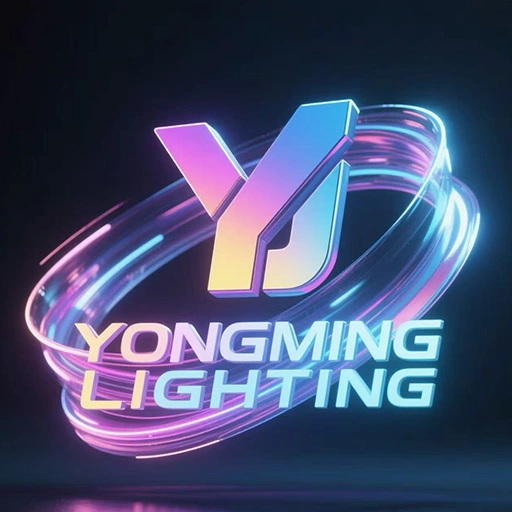Regional Development Patterns of the Light Strip Market
The light strip market presents diverse regional development patterns, influenced by various factors such as economic development levels, market demands, and local policies. In economically developed regions, the light strip market has a relatively high level of development. These regions usually have a strong consumer purchasing power and a high demand for high-quality lighting products. Consumers in these areas pay more attention to the design, functionality, and energy efficiency of light strips. As a result, manufacturers in these regions tend to focus on the development and production of high-end light strip products, with a greater emphasis on technological innovation and brand building. They also invest more resources in research and development to meet the constantly evolving market demands and maintain their competitive edge in the market.
In contrast, in some less developed regions, the light strip market is still in the growth stage. Although the consumer purchasing power in these regions may be relatively low, there is a large potential market demand. With the continuous improvement of local economic levels and the increase in people’s awareness of lighting quality, the demand for light strips is gradually increasing. In these regions, manufacturers often focus on the production of cost-effective light strip products to meet the basic lighting needs of consumers. At the same time, they also pay attention to market cultivation, through promotional activities and product popularization, to gradually expand the market share.
Regional policies also have a significant impact on the development pattern of the light strip market. Some regions may introduce preferential policies to support the development of the local light strip industry, such as tax incentives, R & D subsidies, and land use support. These policies can attract more investment, promote the gathering of industry resources, and accelerate the development of the local light strip market. In addition, different regions may have different market access standards and regulations, which also affect the market entry and development of light strip enterprises.
The regional development patterns of the light strip market also show the characteristics of market segmentation. Different regions have different cultural backgrounds and consumption habits, which lead to differences in the demand for light strip styles and functions. For example, in some regions with a strong traditional cultural atmosphere, consumers may prefer light strips with traditional design elements; while in modern and fashionable regions, consumers may be more inclined to light strip products with a simple and stylish design. Understanding these regional development patterns is of great significance for light strip enterprises to formulate market strategies, develop targeted products, and expand market shares in different regions.
Regional Development Patterns of the Light Strip Market




